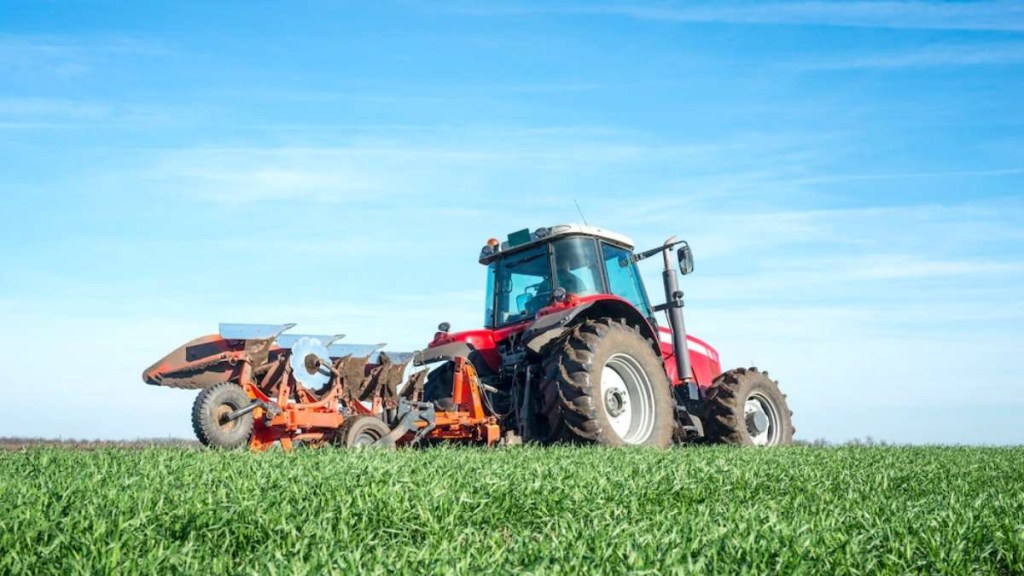There is a need for caution in inferring early signs of a pickup in rural demand based on high frequency indicators like the sale of domestic tractors, two-wheelers and fast moving consumer goods (FMCG). Fertiliser sales, rabi and kharif production, reservoir levels and trends in rainfall are other indicators used by the Union finance ministry. There are contrary signals from these high frequency indicators, partly due to the fact that while all agriculture is rural, rural is not wholly agriculture. Healthy tractor sales and negative growth in two-wheeler sales—which was highlighted in an article in The Indian Express—paradoxically indicates that while farm sentiments may be upbeat, demand in the non-farm segment of the rural economy is not so bullish.
Tractor sales are expected to pick up this fiscal—following a growth of 9.4% in FY23—as sentiment has been buoyed by a better-than expected rabi harvesting season, high reservoir levels and prospects of a normal monsoon according to the India Meteorological Departmet. Higher cash flows with farmers, especially those with larger holdings and marketable surpluses, are expected to lift tractor volumes although the numbers for April suggest a year-on-year decline. But the outlook on two-wheeler sales—more than half of which are in rural areas—is not so bullish as average annual growth contracted over the last four fiscals indicating stress in rural incomes. On FMCG, two majors, Hindustan Unilever and Nestle, have a contrasting take on demand in rural India.
Although tractor sales are an important indicator of farm sentiment, it is important to bear in mind that they are a niche product that is unaffordable to the vast majority of small and marginal farmers in the country with relatively lower-sized land holdings. The National Sample Survey Organization’s situation assessment report of 2018-19 and a survey of marginal farmers by the Development Intelligence Unit, a collaborative venture between Transforming Rural India Foundation and Sambodhi, indicate that a vast majority of marginal farmers are also engaged in non-farming activities such as daily wage labour in the construction of roads and houses, and the Mahatma Gandhi National Rural Employment Guarantee Act to supplement their income from crop cultivation, as reported in The Financial Express.
If as much as 40% of their household income comes from wage labour, the trends in agricultural and non-agricultural wages would also be an important high frequency indicator of demand in the countryside. In this regard, during the last eight years, average annual growth of 5% per annum in daily wages for agricultural labourers has been eroded by inflation, according to RBI’s latest Handbook of Statistics on States. Growth in real wages for non-agricultural labour, too, has been found to be negligible at 0.3% per annum. The upshot is that there are contradictory signals also from farm sentiment indicators which suggest a rosy outlook for tractor sales and continued stress in incomes to come to any firm inference on rural demand.
Looking ahead, the outlook on rural demand this fiscal is further clouded by potential risks such as El Nino conditions creating drought conditions, lowering agricultural output and elevating prices according to the finance ministry’s monthly economic report. If such a scenario comes to pass, there is bound to be considerable distress in the countryside, which will impact all the high frequency indicators especially if rural inflation continues to outpace urban areas as in 2022.


